Honey badgers, scientifically named Mellivora capensis or going by another name “Ratel” are related to skunks, otters, ferrets, and other badgers. The name of these ravenous omnivores comes from their love of honey and honeybee larvae. Insects, amphibians, reptiles, birds, and mammals are also eaten, as well as roots, bulbs, berries, and fruits.
Though they primarily hunt for their own food, they will gladly take from other carnivores or scavenge the kills of larger animals when the chance comes. Their prominent, sharp teeth, long foreclaws, and stocky body enable them to shred flesh off bone with ease.
Honey badgers are widespread throughout the majority of Sub-Saharan Africa, Saudi Arabia, Iran, and Western Asia. They can adapt to a wide range of environments, from tropical rainforests to chilly highlands.
Found in various habitats across Africa, this small carnivore has earned a reputation as one of the toughest and most resilient animals on the continent.
Honey Badger: Species Profile
COMMON NAME: Honey Badger
SWAHILI NAME: Nyegere
SCIENTIFIC NAME: Mellivora capensis
TYPE: Mammal
FOOD: Honey Badgers have a diverse diet and are known for their opportunistic feeding habits. They are omnivorous, feeding on a wide range of food including small mammals, birds, reptiles, insects, fruits, roots, and honey. They are particularly skilled at raiding beehives to obtain honey, hence their name.
HABITAT: Honey Badgers are found in various habitats across sub-Saharan Africa, including savannas, grasslands, woodlands, and even arid regions. They are highly adaptable and can thrive in both rural and urban environments.
SIZE: Honey Badgers have a compact and muscular body, with a length ranging from 55 to 77 centimeters (22 to 30 inches). They typically stand about 25 to 30 centimeters (10 to 12 inches) tall at the shoulder. Adult males are slightly larger and heavier than females. On average, they weigh between 9 to 16 kilograms (20 to 35 pounds).
AVERAGE LIFE SPAN IN THE NATURAL HABITAT: In the wild, Honey Badgers have an average lifespan of around 7 to 10 years. However, some individuals have been known to live up to 24 years in captivity.
ACTIVE: Honey Badgers are primarily nocturnal animals, meaning they are most active during the night. They are solitary creatures and have large home ranges, which they mark and defend fiercely. Despite their small size, they are known for their ferocity and fearlessness, often taking on much larger predators when threatened.
GESTATION PERIOD: The gestation period for Honey Badgers is approximately 6 to 8 weeks. Females give birth to a litter of 1 to 4 cubs, which are born blind and helpless. The cubs are cared for and protected by the mother until they are old enough to venture out on their own.
WEIGHT: Honey Badgers have a sturdy build and are known for their strength relative to their size. They typically weigh between 9 to 16 kilograms (20 to 35 pounds), with males being slightly larger than females. They have a stocky body, short legs, and a broad head with powerful jaws and sharp teeth.
SIZE COMPARISON TO A 6-FT MAN: Honey Badgers are considerably smaller than a 6-ft man. They have a length of about 55 to 77 centimeters (22 to 30 inches) and stand around 25 to 30 centimeters (10 to 12 inches) tall at the shoulder. Despite their small stature, they are renowned for their tenacity and ability to defend themselves against much larger predators.
Physical Characteristics:
The honey badger, also known as the ratel, has a distinct and notable appearance. Here are the key characteristics of a honey badger’s appearance:
- Size: Honey badgers are medium-sized mammals, typically measuring around 55 to 77 centimeters (22 to 30 inches) in length from head to tail. They stand at approximately 25 to 30 centimeters (10 to 12 inches) tall at the shoulder. Honey badgers are relatively compact and muscular, with a robust build.
- Fur: The fur of a honey badger is coarse and wiry. It consists of a mix of colors, with the most common being a grizzled pattern of black, white, and gray. This mottled fur provides effective camouflage in their natural habitats, blending with the surrounding vegetation and terrain.
- Head and Face: Honey badgers have a broad and flattened head, which is equipped with powerful jaws and sharp teeth. Their eyes are relatively small, while their ears are rounded and set high on the head. The face of a honey badger features distinctive facial markings, including a white or cream-colored stripe that extends from the top of the head to the muzzle.
- Body: The body of a honey badger is compact and stocky. It is supported by short but sturdy legs, which end in strong, non-retractable claws that are well-suited for digging and climbing. These claws are particularly prominent on the front feet and enable honey badgers to excavate burrows and break open termite mounds and beehives.
- Tail: The tail of a honey badger is relatively short, measuring around 15 to 25 centimeters (6 to 10 inches) in length. It is covered in coarse hair, similar to the rest of its body, and does not have any specific markings or patterns.
- Distinctive Scent Gland: Honey badgers have a unique feature called a “caudal gland” located near the base of their tail. This gland produces a strong-smelling secretion that honey badgers use for scent marking and communication.
Overall, the honey badger’s appearance is characterized by its stocky build, coarse fur, distinct facial markings, and powerful claws. These physical attributes contribute to their survival in various habitats and their ability to overcome challenges in their environment.
A. Sturdy and Stocky Build:
The Honey Badger is a compact mammal, measuring about 60 to 75 centimeters in length, with a broad, muscular body. Its powerful limbs, armed with sharp claws, enable it to dig burrows and defend itself against predators.
B. Tough Exterior:
Sporting a coarse and thick coat, the Honey Badger is renowned for its remarkable defense mechanism. Its skin is incredibly tough, providing protection against bites, stings, and even some sharp objects. It can twist and turn within its own skin to counter attacks from its adversaries.
Habitat and Distribution:
A. Wide-ranging Adaptability:
Honey Badgers can be found across a wide range of habitats, including grasslands, savannas, forests, and even deserts. Their adaptability allows them to thrive in diverse environments across Africa.
B. Geographic Distribution:
These resilient creatures have a broad distribution throughout sub-Saharan Africa, including countries such as South Africa, Kenya, Tanzania, and Namibia. Their ability to adapt to different conditions has contributed to their widespread presence.
Behavior and Survival Strategies:
Honey badgers, also known as ratels, exhibit fascinating behaviors that contribute to their survival and success in their natural habitats. Here are some notable behaviors of honey badgers:
- Fearlessness and Aggression: Honey badgers are renowned for their fearlessness and aggressive nature. Despite their relatively small size, they are known to confront much larger animals, including predators like lions and hyenas, when defending themselves or their territory. They display remarkable courage and will not back down easily.
- Nocturnal Habits: Honey badgers are primarily nocturnal, meaning they are most active during the night. This behavior allows them to avoid competition with diurnal predators and exploit food sources that are more abundant during the nighttime, such as rodents, reptiles, and insects.
- Excellent Climbers: Honey badgers have impressive climbing abilities and can scale trees proficiently. This skill comes in handy when pursuing arboreal prey or seeking refuge from predators. They are agile climbers and can even descend headfirst down tree trunks.
- Burrow Dwellers: Honey badgers are adept at digging and often utilize burrows as shelters. They may create their own burrows or take over abandoned burrows of other animals. These burrows provide them with a safe and secure place to rest, raise their young, and escape extreme weather conditions or predators.
- Solitary Nature: Honey badgers are generally solitary animals, preferring to live and forage alone. They have large territories and mark them with scent markings to communicate their presence and ownership to other honey badgers.
- Skilled Hunters and Foragers: Honey badgers are opportunistic predators and foragers. They have a diverse diet that includes small mammals, birds, reptiles, amphibians, insects, fruits, and even honey. Their powerful claws and strong jaws allow them to dig for underground prey and break open termite mounds, beehives, and other food sources.
- Scent Marking: Honey badgers use scent marking as a means of communication. They have scent glands near their anus that produce a strong-smelling secretion. By marking their territories with these scent markings, they can indicate their presence and deter potential intruders.
- Intelligent Problem Solvers: Honey badgers are known for their problem-solving abilities. They can devise creative strategies to access food sources, such as using sticks or rocks to break open hard-shelled prey or employing tactics to outsmart predators.
These behaviors collectively demonstrate the adaptability, resourcefulness, and tenacity of honey badgers. They are well-equipped to survive in various habitats and face the challenges that come their way.
A. Fearless Nature:
The Honey Badger is known for its incredible fearlessness, earning it the reputation of “Africa’s Fearless Marvel.” It will fearlessly confront animals many times its size, including lions and hyenas if threatened or cornered.
B. Excellent Digging Skills:
With its strong forelimbs and sharp claws, the Honey Badger is a proficient digger. It excavates burrows and shelters in which it rests, raises young, and seeks refuge from extreme weather or predators.
Opportunistic Feeding:
Honey Badgers are opportunistic omnivores, feeding on a wide variety of prey items. From insects, reptiles, and small mammals to birds, eggs, and even plant matter, they have a diverse diet that helps sustain them in various habitats.
Reproduction and Life Cycle:
A. Solitary Individuals:
Honey Badgers are primarily solitary animals, coming together only for mating purposes. Males and females engage in a brief courtship period before going their separate ways.
B. Maternal Care:
After a gestation period of approximately six months, the female Honey Badger gives birth to a litter of usually one to three cubs. The young are raised by the mother, who provides protection, nourishment, and essential life skills until they are ready to venture out on their own.
Conservation Status:
A. Least Concern:
The Honey Badger is currently listed as Least Concern on the International Union for Conservation of Nature (IUCN) Red List. Its wide distribution, adaptability, and ability to withstand various threats contribute to its relatively stable population.
B. Threats and Conservation Efforts:
While the Honey Badger faces some localized threats, such as habitat loss and fragmentation, it is not currently considered to be under significant risk. However, ongoing conservation efforts and monitoring of their populations are crucial to ensure their long-term survival.
Mellivora capensis
Mellivora capensis (Honey Badger’s) indomitable spirit, remarkable adaptability, and fearless nature make it a true marvel of the African wilderness. This tenacious creature serves as a reminder of the incredible diversity and resilience of nature. As we continue to explore and appreciate the wonders of the animal kingdom, let us also strive to protect and conserve these remarkable species for generations to come.
Honey Badger Adaptations
Honey badgers have several remarkable adaptations that help them thrive in their diverse habitats and cope with various challenges. Here are some notable adaptations of honey badgers:
- Powerful and Sharp Claws: Honey badgers possess strong, sharp claws on their front feet, which are well-adapted for digging. These claws enable them to excavate burrows, search for food in the ground, and break open termite mounds and beehives.
- Thick and Loose Fur: Honey badgers have a dense and loose fur coat that provides insulation and protection. The fur helps regulate their body temperature, and its thickness provides some defense against external threats, such as bee stings and minor injuries during confrontations with predators.
- Tough and Thick Skin: Honey badgers have remarkably thick and tough skin, which provides a certain degree of protection against bites and stings. Their skin is difficult to penetrate, reducing the chances of sustaining significant injuries during fights with predators or encounters with venomous creatures.
- Powerful Jaw and Teeth: Honey badgers possess strong jaws and sharp teeth adapted for their omnivorous diet. Their teeth are well-suited for consuming a wide range of food, including tough-skinned fruits, insects, small mammals, reptiles, and bird eggs.
- Anal Pouch and Secretions: Honey badgers have a specialized gland near their anus that secretes a pungent odor. They can release these secretions as a defense mechanism, creating a strong-smelling deterrent that helps ward off predators and competitors.
- Fearlessness and Tenacity: Honey badgers are known for their exceptional courage and tenacity. They exhibit fierce determination when facing challenges, whether it’s defending their territory, confronting predators, or raiding beehives and termite mounds. Their fearlessness and perseverance make them formidable and resilient animals.
- Adaptability: Honey badgers are highly adaptable creatures, capable of inhabiting a variety of environments ranging from grasslands and woodlands to deserts and mountains. They can adjust their foraging strategies and diet according to the available food sources in their surroundings.
These adaptations collectively enable honey badgers to thrive in their habitats, overcome obstacles, and survive in challenging conditions. Their physical attributes, behaviors, and resilience make them highly effective predators and formidable competitors in their ecosystems.
Where to See Honey Badgers in Tanzania
If you’re interested in observing honey badgers in Tanzania, there are several national parks and wildlife reserves where you might have a chance to spot them. Here are a few places where honey badgers can be found in Tanzania:
- Serengeti National Park: Located in northern Tanzania, the Serengeti is renowned for its diverse wildlife population. While honey badgers are not commonly seen due to their nocturnal nature and elusive behavior, there have been occasional sightings in the park. Exploring the park’s grassy plains and woodland areas during the early morning or evening hours may increase your chances of encountering a honey badger.
- Ngorongoro Conservation Area: As a UNESCO World Heritage Site, the Ngorongoro Conservation Area offers a unique and biodiverse ecosystem. It is home to various wildlife species, including honey badgers. While sightings can be rare, exploring the grasslands, forests, and marshes within the conservation area might offer opportunities to spot these elusive creatures.
- Tarangire National Park: Located in northern Tanzania, Tarangire National Park is known for its large concentration of elephants and diverse birdlife. The park also supports a variety of mammal species, including honey badgers. Although sightings can be infrequent, exploring the park’s riverine habitats and woodland areas might increase your chances of encountering a honey badger.
- Selous Game Reserve: Situated in southern Tanzania, the Selous Game Reserve is one of the largest protected areas in Africa. It boasts a rich and varied wildlife population, making it a potential habitat for honey badgers. While their sightings may be rare due to their nocturnal habits, embarking on guided game drives or walking safaris in the reserve may enhance your chances of spotting a honey badger.
When searching for honey badgers in Tanzania, it’s important to note that these creatures are predominantly nocturnal and elusive in nature. Therefore, the likelihood of seeing them during daylight hours is relatively low. Additionally, hiring an experienced guide or joining a safari tour with knowledgeable guides will greatly increase your chances of encountering these fascinating animals while ensuring your safety and respect for their natural habitat.
Honey Badger Safari Tips
If you’re planning a safari adventure with the hope of encountering honey badgers, here are some safari tips to enhance your chances and make the most of your experience:
- Choose the Right Safari Destination: Select a safari destination in Africa known for its honey badger population, such as Tanzania. National parks and wildlife reserves with diverse ecosystems and a variety of prey species tend to offer suitable habitats for honey badgers.
- Opt for Night Game Drives: Since honey badgers are primarily nocturnal, consider joining night game drives to increase your chances of spotting them. Many safari operators offer specialized night drives where you can explore the wilderness under the cover of darkness and have a better chance of encountering these elusive creatures.
- Explore Diverse Habitats: Honey badgers can inhabit a range of environments, including grasslands, woodlands, and savannahs. Explore different habitats within the safari area to increase your chances of coming across these adaptable animals.
- Listen for Alarm Calls: Other animals, such as birds or primates, often give warning calls when honey badgers are in the vicinity. Pay attention to these alarm calls, as they can indicate the presence of honey badgers nearby. Inform your guide or tracker, who can then direct you to the potential sighting.
- Be Patient and Observant: Honey badgers are elusive creatures, so patience and keen observation are key. Keep a lookout for signs of honey badger activity, such as tracks, scratch marks on trees, or evidence of feeding on termite mounds or beehives. Your guide or tracker may be able to interpret these signs and lead you to potential sightings.
- Respect their Space: If you’re fortunate enough to encounter a honey badger, maintain a safe distance and avoid disturbing or provoking them. Honey badgers are known for their fearless nature and can become aggressive if they feel threatened. Observe them from a distance, allowing them to go about their natural behaviors undisturbed.
- Use Binoculars and Photography Equipment: Honey badgers may be elusive and difficult to spot with the naked eye. Bring a pair of binoculars to scan the landscape and increase your chances of sighting them. If you’re interested in capturing photographs, ensure you have suitable photography equipment with appropriate zoom capabilities.
- Engage Knowledgeable Guides: Enlist the expertise of experienced safari guides or trackers who are familiar with honey badger behavior and habitat. Their knowledge and insights can significantly enhance your safari experience and increase your chances of encountering these remarkable creatures.
Remember, wildlife sightings can never be guaranteed, and honey badgers are particularly elusive. However, by following these safari tips and maintaining a respectful approach to wildlife, you’ll maximize your chances of witnessing the remarkable behavior of honey badgers in their natural habitat. Enjoy your safari adventure and the wonders of the African wilderness!
Honey Badger Frequently Asked Questions
1. Are honey badgers really fearless?
Yes, honey badgers are often referred to as fearless due to their aggressive and tenacious nature. They have been known to confront larger predators and even withstand venomous snake bites. Their boldness and fearlessness are believed to be adaptations that help them survive in challenging environments.
Why are honey badgers so fearless?
2. What do honey badgers eat?
Honey badgers have a diverse diet that includes a wide range of food sources. They are opportunistic omnivores, feeding on small mammals, birds, reptiles, amphibians, insects, fruits, and even honey. They are skilled hunters and foragers, using their sharp teeth and powerful jaws to capture and consume their prey.
Do honey badgers get stung by bees?
3. Can honey badgers climb trees?
While honey badgers are not adept climbers like some other species, they are capable of climbing trees when necessary. They use their strong claws and muscular bodies to scramble up trees in pursuit of prey or to escape potential threats. However, their climbing abilities are limited compared to arboreal animals.
4. Do honey badgers have any predators?
Honey badgers have few natural predators due to their aggressive nature and formidable defenses. However, they can be preyed upon by large carnivores such as lions, leopards, and hyenas. Juvenile honey badgers may be more vulnerable to predation until they reach adulthood and develop their defensive skills.
Do honey badgers have predators?
5. How long do honey badgers live?
In the wild, honey badgers have an average lifespan of around 7 to 12 years. However, in captivity, they can live longer, with some individuals reaching up to 24 years of age. Their lifespan can be influenced by various factors, including habitat conditions, predation risks, and availability of food resources.
6. Are honey badgers endangered?
Honey badgers are not currently classified as endangered. They are listed as a species of least concern on the International Union for Conservation of Nature (IUCN) Red List. However, habitat loss, human-wildlife conflicts, and illegal hunting can pose threats to their populations in certain regions.
7. Can honey badgers spray like skunks?
No, honey badgers do not possess the ability to spray foul-smelling liquid like skunks. They rely on their aggressive nature and physical strength to defend themselves against threats. When threatened, they may emit vocalizations, display defensive postures, or engage in fierce combat rather than resorting to spraying.
8. Are honey badgers social animals?
Honey badgers are predominantly solitary animals. They are known to be territorial and typically avoid interactions with other individuals except during the mating season. Female honey badgers raise their young alone, and males have minimal involvement in rearing offspring.
9. Can honey badgers dig burrows?
Yes, honey badgers are exceptional diggers and can excavate burrows for shelter. They use their powerful forelimbs and strong claws to dig burrows in the ground, which serve as resting places, dens, and refuges from extreme weather conditions or predators.
Why are honey badgers immune to snake venom?
10. Are honey badgers immune to snake venom?
Contrary to popular belief, honey badgers are not completely immune to snake venom. However, they possess remarkable resistance and tolerance to some snake venoms, including those of certain venomous snakes, such as cobras and vipers. Their strong immunity is attributed to specialized physiological adaptations.
These frequently asked questions provide insight into the fascinating characteristics and behaviors of honey badgers. While these answers provide a general understanding, it’s important to note that honey badgers are complex animals, and ongoing research continues to uncover more about their remarkable abilities and adaptations.

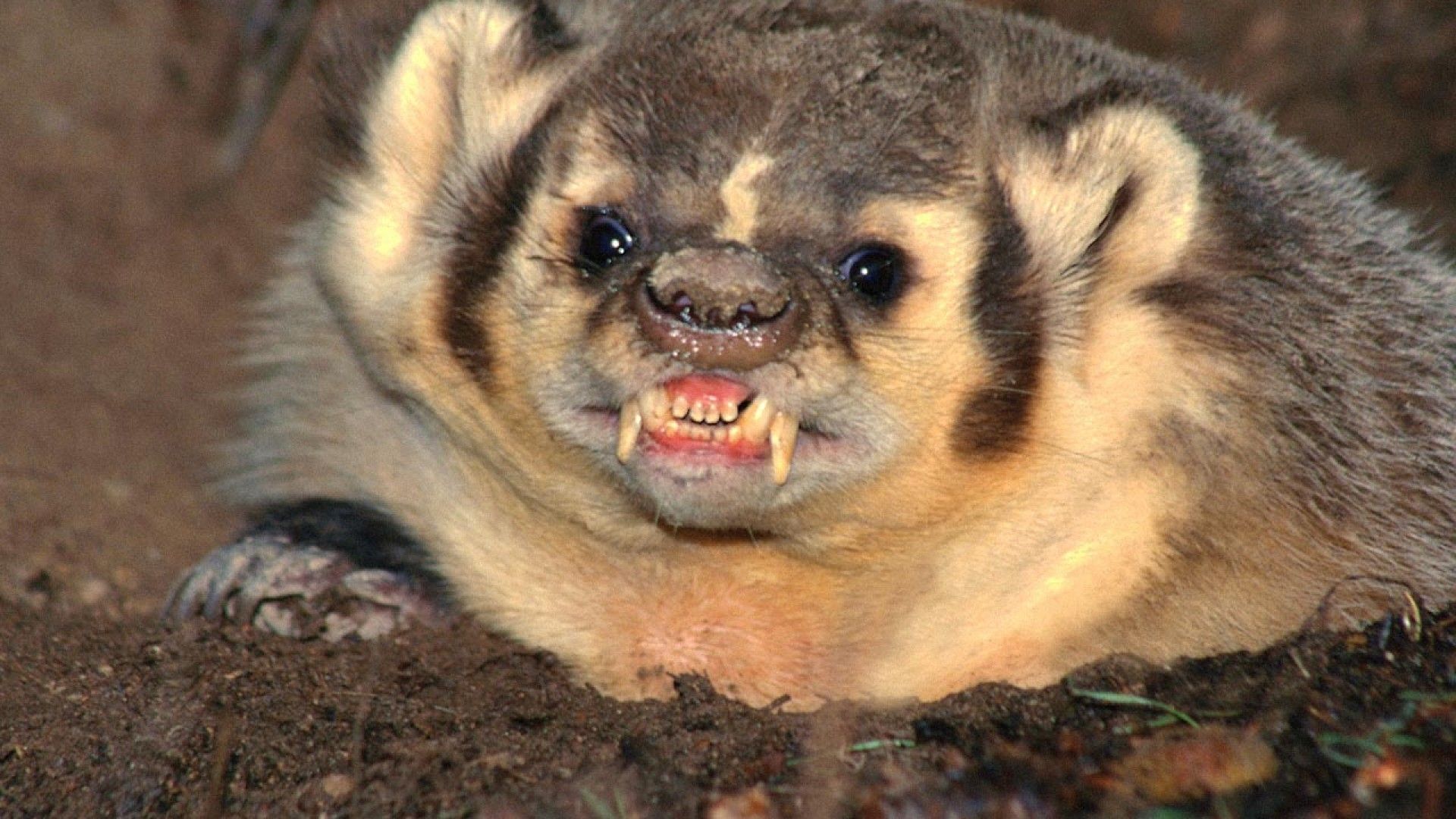
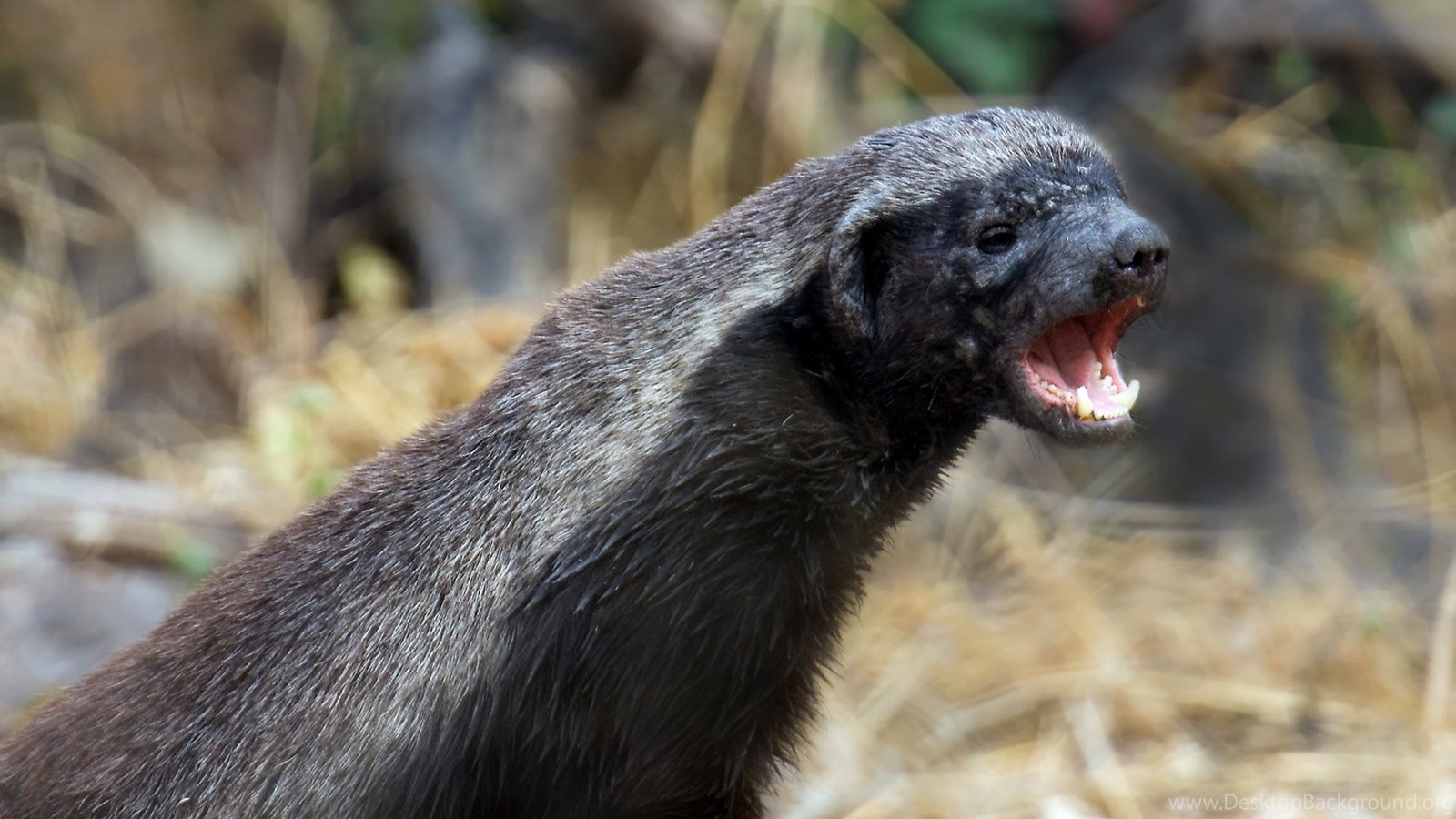
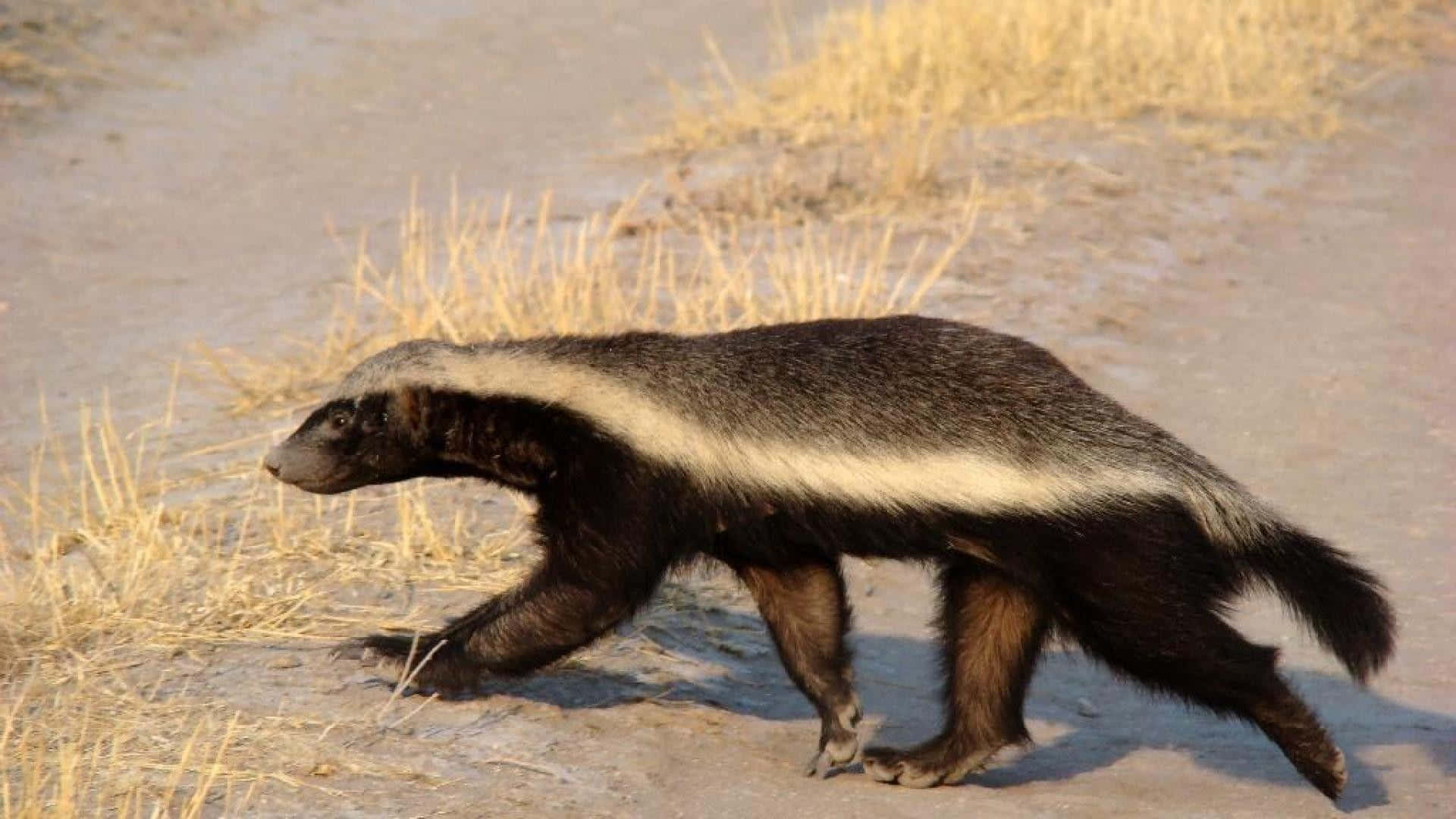
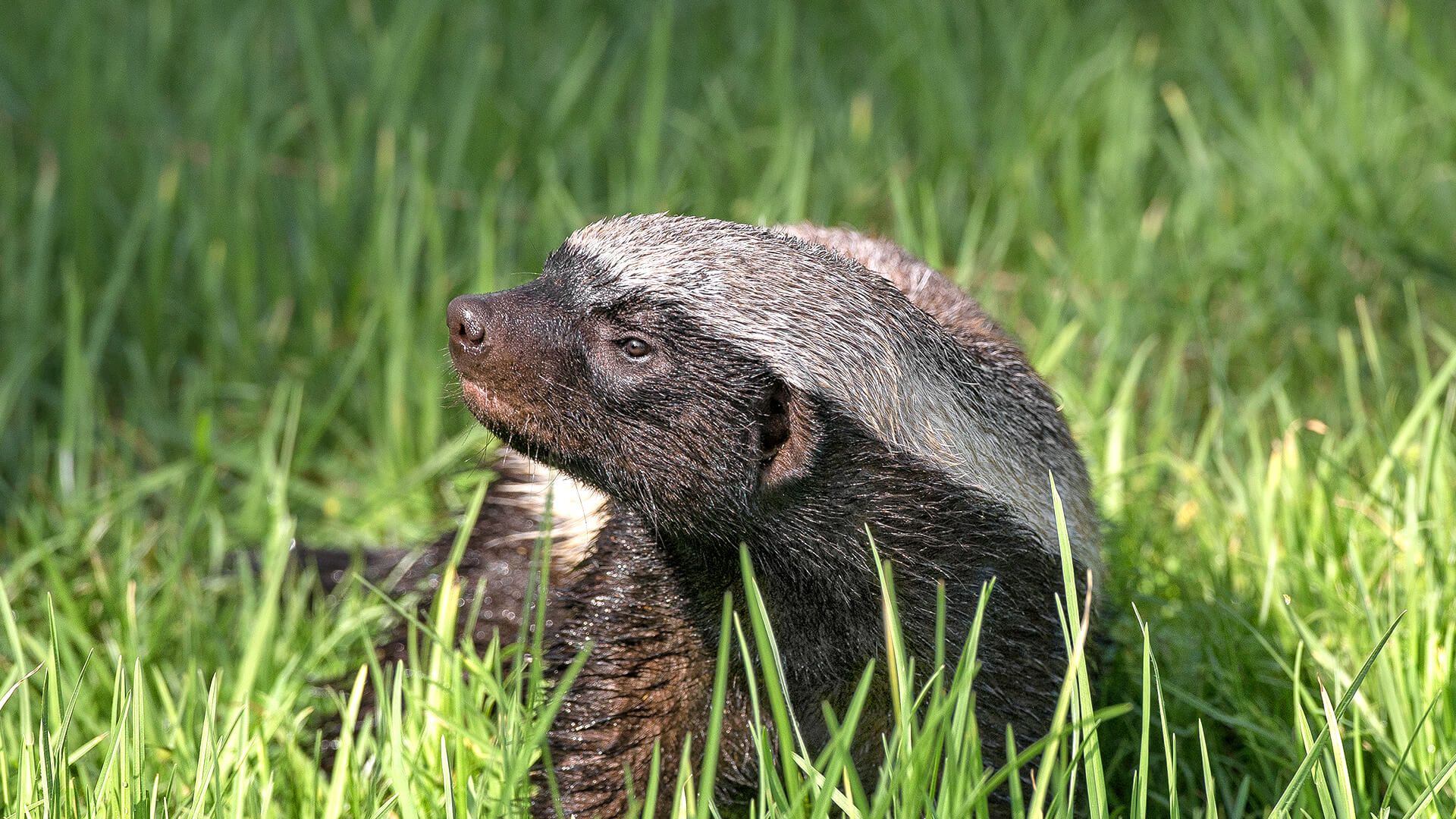
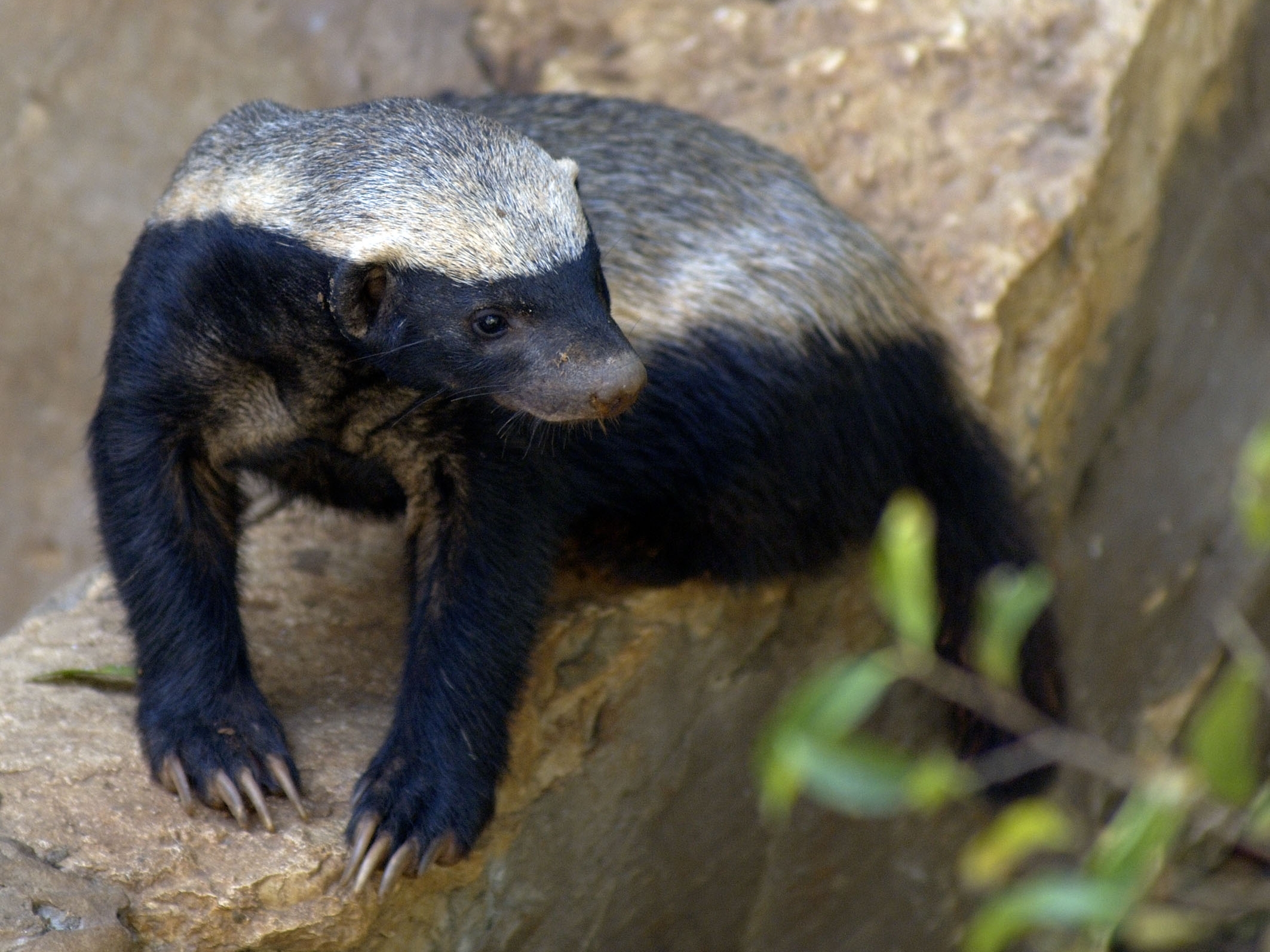
Tour Reviews
There are no reviews yet.
Leave a Review